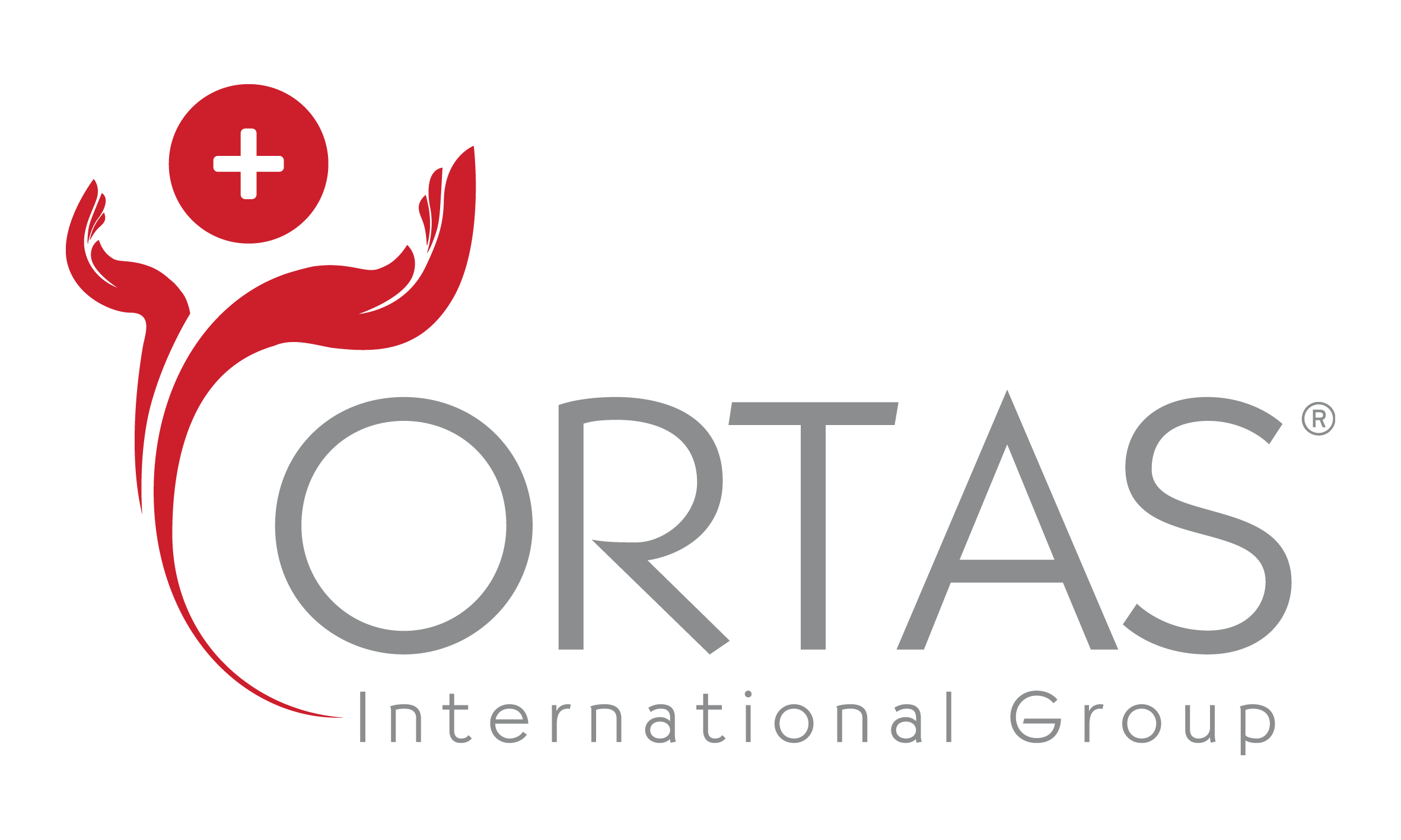Abbas AK et al. Cellular and molecular immunology. Ed. Saunders, 2012
Akira S Innate immunity and adjuvants. Philos Trans R Soc Lond B. Biol Sci. 2011, 366: 2748-55
Akira, S et al. Pathogen recognition and innate immunity. Cell 2006, 124: 783–801
Alexander C et al. Bacterial lipopolysaccharides and innate immunity. J Endotoxin Res. 2001, 7:167-202
Alexopulos A et al. Stress-related skin disorders. Rev. Endocrine & Metabolic Desorders. 2016, 17: 295-304
Arnon DJ et al. Neuroendocrine Control of Macrophage Development and Function. Front. Immunol. 2018, 9: 1440
Barkwill FR et al. The cytokine network. Immunol Today. 1989, 10: 299-304
Bottaccioli AG et al. Stress and the psyche-brain-immune network in psychiatric diseases based on psychoneuroendocrineimmunology: A concise review. Ann NY Acad Sci Ann NY 2019, 1437: 31-42
Bulfone-Paus S et al. Mast cells as regulators of T cell responses. Front Immunol. 2015, 6: 394
Calcagni E et al. Stress system activity, innate and T helper cytokines and susceptibility to immune-related diseases. Ann NY Acad Sci 2006, 1069: 62–76
Del Rey A et al. Immune-Neuro-Endocrine Reflexes, Circuits, and Networks: Physiologic and Evolutionary Implications. Front Horm Res. 2017: 1-18
Del Rey A et al. The immune system as a sensor able to affect other homeostatic systems. Oxford University Press 2019: 5-87
Dominici G et al. Proving of Colibacillinum. Fourth International Symposium of Italian-Brazilian Homeopathy. Assergi, L’Aquila (Italy), 2011
Dominici G. Proteus vulgaris: Proving and Clinical Use in Paediatrics. Thieme Medical and Scientific Publishers Private Ltd. 2018
González SN et al. Psychoneuroimmunoendocrinology: Clinical implications. World Allergy Organ J. 2017, 10: 19
Goto Y et al. The gut microbiota and inflammatory bowel disease. Curr Opin Rheumatol 2015 27: 388–96
Grimaldi-Bensouda L et al. Management of upper respiratory tract infections by different medical practices, including homeopathy, and consumption of antibiotics in primary care: the EPI3 cohort study in France 2007-2008. PLOS One. 2014, 19: 9
Inagawa H et al. Preventative and therapeutic potential of lipopolysaccharide derived from edible Gram-negative bacteria to various diseases. Current Drug Therapy 2008, 3: 26-32
Iwasaki A et al. Regulation of adaptive immunity by the innate immune system. Science 2015, 327: 291-5
Karthic S et al. Nosodes and Sarcodes. Indian J. Traditional Knowledge 2017, 16: 158-163
Kim SJ et al. Dynamic lipopolysaccharide transfer cascade to TLR4/MD2 complex via LBP and CD14. BMB Rep. 2017, 50: 55-56
Julian OA La Materia Medica dei Nosodi. Trattato di Microimmunoterapia Dinamizzata. Ed. Nuova IPSA, 1996
Lien E et al. Toll-like receptor 4 imparts ligand-specific recognition of bacterial lipopolysaccharide. J Clin Invest. 2000, 105: 497–504
Magrone T et al. The interaction between gut microbiota and age-related changes in immune function and inflammation. Immun Ageing. 2013, 10: 31
Miller SI et al. LPS, TLR4 and infectious disease diversity. Nat Rev Microbiol. 2005, 3: 36-46
Miyake K. Innate recognition of lipopolysaccharide by CD14 and Toll-like receptor 4-MD-2: unique roles for MD-2. J Int Immunopharmacol. 2003, 3: 119-28
Nowotny A. Beneficial Effects of Endotoxins. Ed Springer US, 2013
O'Sullivan TE et al. Natural Killer Cell Memory. Immunity. 2015, 43: 634-45
Song WC. Complement and innate immunity. Immunopharmacology 2000, 49: 187–198
Steinman L. Elaborate interactions between the immune and nervous systems. Nat Immunol. 2004, 5: 575–81
Sun JC et al. NK cell development, homeostasis and function: parallels with CD8+T cells. Nature Reviews Immunology 2011, 11: 645–657
Yaribeygi H et al. The impact of stress on body function: A review. EXCLI J. 2017, 16: 1057–1072
Vieracker V. Nosode and sarcode therapies and their history: a controversial inheritance. Med Ges Gesch. 2015, 33: 155-77
